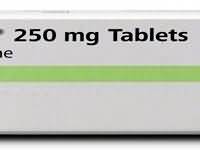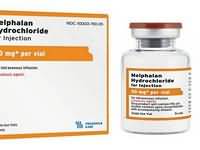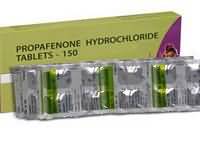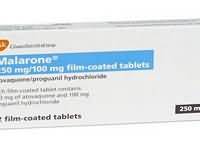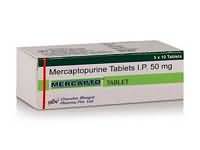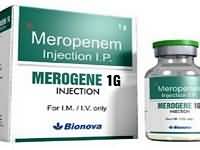interferon alfa
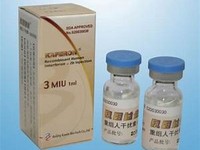
interferon alfa
CLINICAL USE
1. Hairy cell leukaemia2. AIDS related Kaposi’s sarcoma3. Chronic myelogenous leukaemia4. Cutaneous T-cell lymphoma5. Chronic hepatitis B6. Chronic hepatitis C7. Follicular non-Hodgkin’s lymphoma8. Advanced renal cell carcinoma9. Malignant melanomaDOSE IN NORMAL RENAL FUNCTION
1. Hairy cell leukaemia: 1.5–3 million IU daily or 3 times per week2. AIDS related Kaposi’s sarcoma: 3–36 million IU daily or 3 times per week3. Chronic myelogenous leukaemia: 3–9 million IU daily or 3 times per week4. Cutaneous T-cell lymphoma: 3–18 million IU daily or 3 times per week5. Chronic hepatitis B: 2.5–5 million IU/m2 3 times per week6. Chronic hepatitis C: 3–6 million IU 3 times per week7. Follicular non-Hodgkin’s lymphoma: 6 million IU/m2 on days 22–26 of each 28 day cycle8. Advanced renal cell carcinoma: 9–18 million IU 3 times per week9. Malignant melanoma: 1.5–3 million IU 3 times a weekPHARMACOKINETICS
DOSE IN RENAL IMPAIRMENT
GFR (mL/MIN)
DOSE IN PATIENTS UNDERGOING RENAL REPLACEMENT THERAPIES
IMPORTANT DRUG INTERACTIONS
Potentially hazardous interactions with other drugsImmunosuppressants, e.g. ciclosporin, tacrolimus, sirolimus may have an antagonistic effectADMINISTRATION
Reconstition
–Route
SC, IMRate of Administration
–Comments
–OTHER INFORMATION
Interferon up-regulates the cell surface presentation of class II histocompatibility antigens, which raises the possibility of drug-induced allograft rejection. There are numerous clinical reports of allograft rejection, acute renal failure and graft loss after interferon therapy. Hence extreme care should be exercised in the use of interferon after renal transplantationInterferon is metabolised primarily in the kidney. It is excreted in the urine, but is reabsorbed by the tubules where it undergoes lysosomal degradation. In patients undergoing haemodialysis, the interferon molecule may accumulate as it is too large to be dialysed and will not undergo renal degradation. Hence, the dose may need to be adjusted
See how to identify renal failure stages according to GFR calculation
See how to diagnose irreversible renal disease
Home


